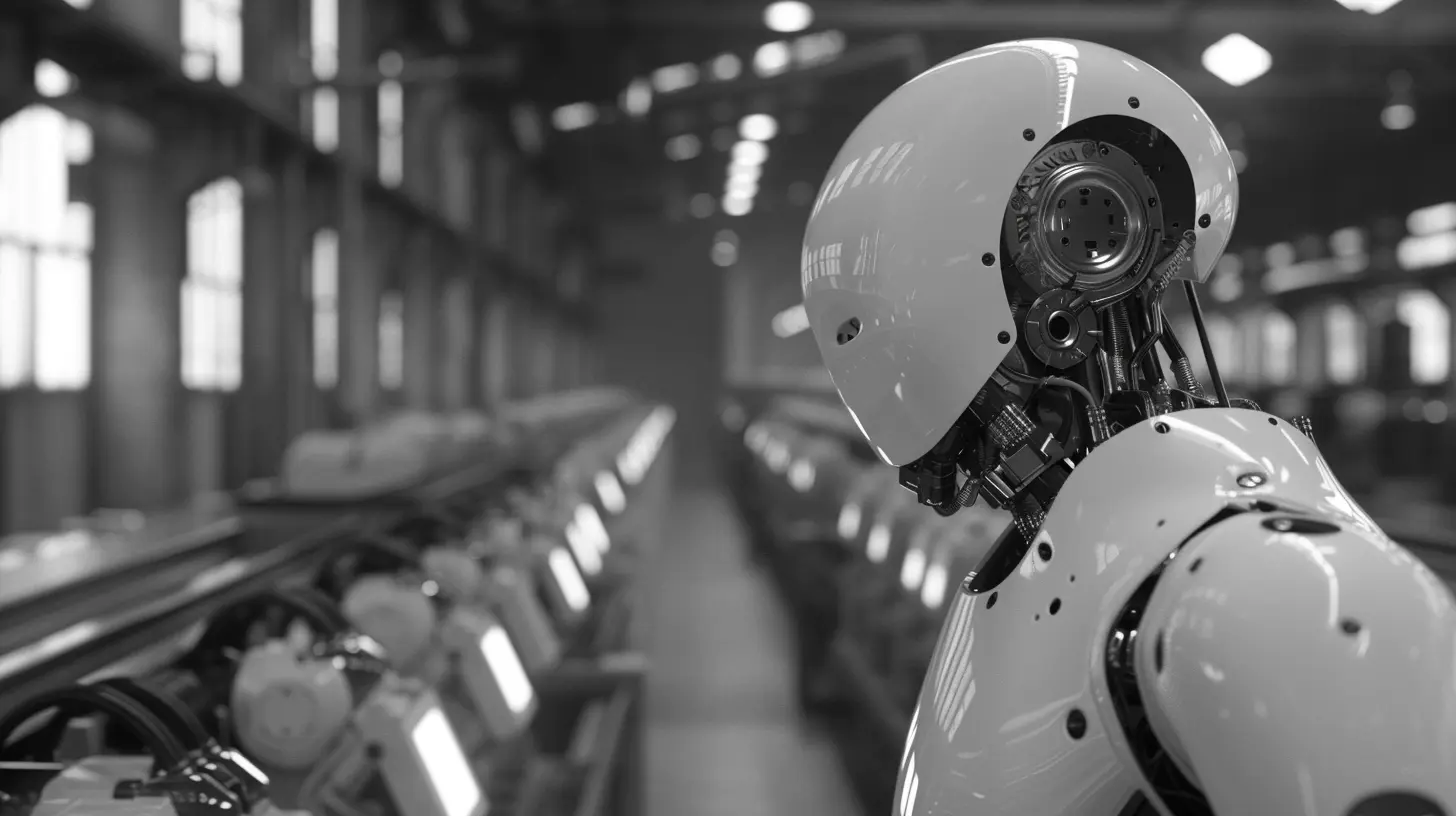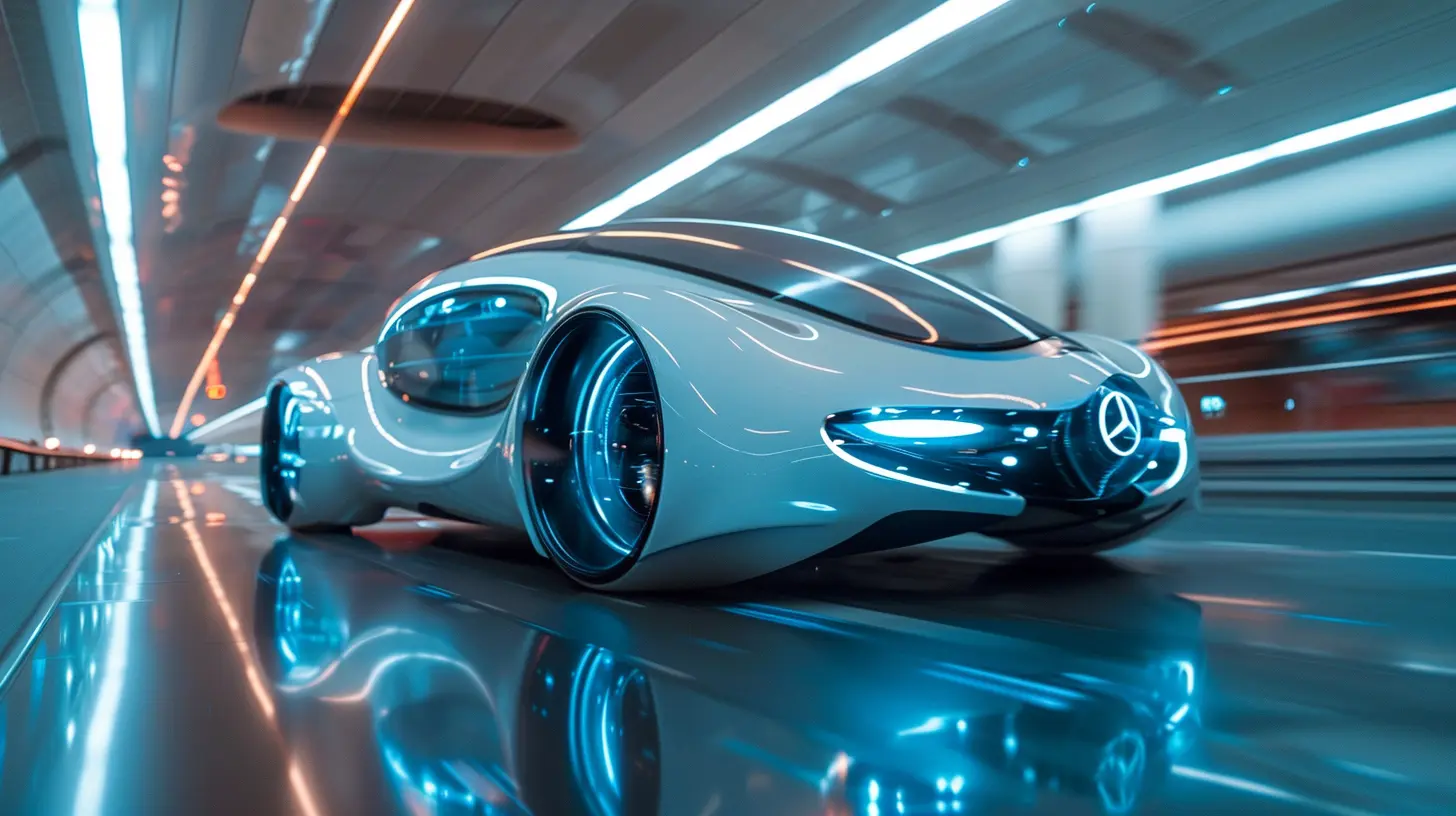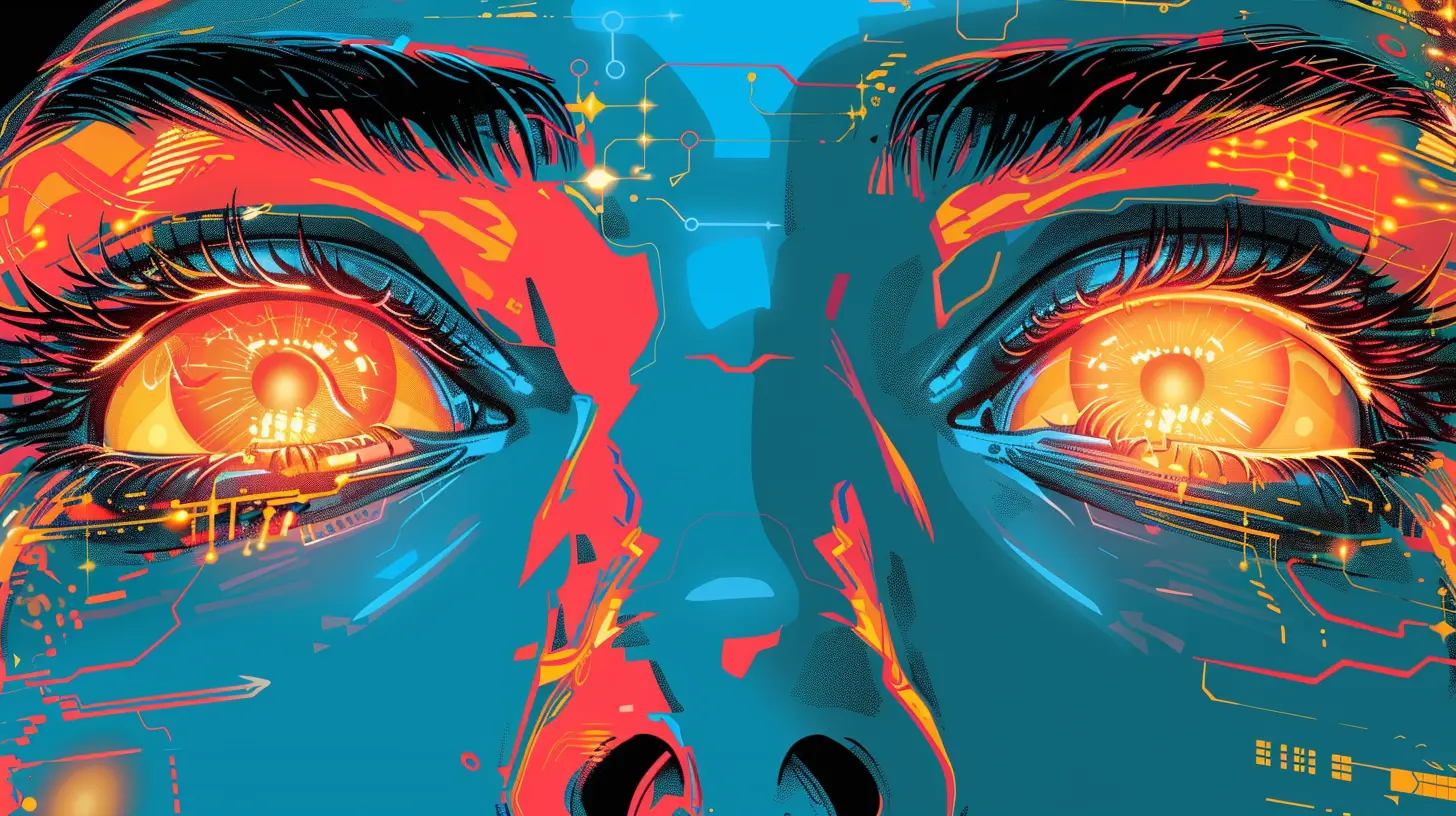The Role of AI and Automation in Shaping Future Products
5 August 2025
Let’s face it: we’re living in a world where everything is moving fast—tech is evolving at full throttle and what seemed futuristic just a few years ago is now part of our daily lives. But have you ever stopped to think about what’s really driving that change? Spoiler alert: it’s Artificial Intelligence (AI) and automation.
These two powerhouses are not only transforming how we work, live, and shop—but they’re also completely reshaping the products we use every single day. Whether it's your smart thermostat that adjusts itself or that virtual assistant that knows your coffee order by heart, there's a brilliant combo of AI and automation behind the curtain.
So, if you're curious about how future products will look, work, and even think—buckle up. We're about to dive deep into how AI and automation are not just changing the game, they're rewriting the entire rulebook.
AI and Automation: What’s the Big Deal?
Before we head into the future, let’s clear up what we’re talking about.- Artificial Intelligence is basically machines that can think and learn like humans. It's not just about robots with glowing eyes; it's about smart algorithms that make decisions, predict behavior, and adapt in real time.
- Automation is when machines do tasks with little or no human input. In simple terms, it's the stuff that makes life easier by handling the boring, repetitive work.
Now, when you combine these two? Magic happens. We’re talking smarter, faster, more efficient product development and user experiences.
The AI Toolkit: What Makes Products Smarter?
Let’s break down some of the core AI technologies paving the future of products:1. Machine Learning (ML)
Ever notice how Spotify nails your taste in music or how Netflix recommends the perfect binge-worthy series? That’s ML in action. It learns from your behavior and customizes itself around you. This is huge for future products—expect personalized everything.2. Natural Language Processing (NLP)
Chatbots, voice assistants, and even customer service reps are getting a glow-up thanks to NLP. The more these tools understand the way we speak, the better they'll assist us. Think of products that talk, listen, and really "get" you.3. Computer Vision
From facial recognition to self-driving cars, computer vision is giving machines eyes. Products equipped with sight? That opens the door to automation that reacts to the world just like we do.4. Predictive Analytics
Imagine a fridge that knows when you’re about to run out of milk and automatically adds it to your shopping list. That’s predictive power—and it’s changing how we interact with everyday items.
Automation: The Silent Workhorse Behind Innovation
While AI grabs the headlines, automation is the engine pumping out next-gen products at lightning speed. It touches everything from how products are made to how they function.1. Smarter Manufacturing
Factories are getting digitized. Robotics and automated assembly lines are producing higher-quality goods at scale. Sensors collect live data, machines self-correct errors, and downtime? Practically obsolete.2. Faster Prototyping
Traditionally, launching a product took months—sometimes years. Now, thanks to AI-driven simulations and automated 3D printing, companies can build, test, and revise prototypes in days.3. Supply Chain Superpowers
Automated systems are revolutionizing logistics. Think warehouses with robots that pick and pack faster than a human ever could, or delivery drones that dodge traffic. Products can now get to market—and to your door—faster and cheaper.
The Domino Effect: How AI and Automation Reshape Product Design
So, how exactly are these tools changing the DNA of future products? Here’s a closer look:1. Hyper-Personalization
The data collected by AI allows brands to tailor products down to the individual. Everything from skincare routines to financial plans can soon be made specifically for you. We’re entering the age of “bespoke everything.”2. User-Centric Design
AI doesn’t guess what users want—it knows. Through behavioral data and feedback loops, designers can craft products that adapt to real-life use, not just theoretical needs.3. Self-Improving Products
Imagine a car that learns how you drive and adjusts itself to improve your safety—or a smart fitness mirror that changes your workouts based on your progress. These aren’t dreams; they’re the direction we’re heading.4. Eco-Friendly Innovation
Automation helps reduce waste by optimizing materials and energy use. AI also identifies sustainable alternatives. Future products won’t just be smart—they’ll be green.Industries Getting the AI-Automation Makeover
Now let’s zoom in on a few sectors where AI and automation are rewriting the rulebook:🏥 Healthcare
From AI-powered diagnostics that outperform humans to automated surgeries with laser precision, healthcare is being future-proofed. Wearables now track real-time vitals and help doctors intervene before things go south.🚗 Automotive
Self-driving cars. Predictive maintenance. AI in navigation. The automotive industry is a poster child for the AI-automation duo.🛍 Retail
Think smart shelves, cashier-less stores, personalized marketing, and even virtual fitting rooms. Shopping is no longer just an activity—it’s becoming an experience.🏗 Manufacturing
Factories are morphing into smart plants. Predictive maintenance, automated inspections, and AI-driven quality control are now standard in cutting-edge facilities.🌐 Tech and Gadgets
From smart homes to AI-infused apps, consumer tech is evolving at a rapid clip. Devices no longer just function—they adapt, predict, and evolve.The Human Element: What About Jobs?
Okay, so robots and algorithms are doing all this cool stuff—but what happens to the people?Valid question, and the truth isn't as bleak as folks think. Yes, automation will eliminate some jobs, but it will also create a boatload of new ones. Roles in AI management, robotics maintenance, data science, and cybersecurity are booming.
And here's the kicker—AI is great at crunching numbers, but it's still pretty bad at being human. Creativity, emotional intelligence, and critical thinking are still big human advantages. Future teams will likely be hybrid—humans and machines, collaborating for better outcomes.
Challenges on the Road Ahead
Alright, it’s not all sunshine and innovation. There are some bumps in the road that we can’t ignore:Data Privacy & Security
AI feeds on data. That means protecting personal info will be more critical than ever. Companies will need airtight systems and transparent policies to win customer trust.Ethical Concerns
How much freedom should we give machines? Should AI have the final say in life-altering decisions? These are tricky ethical waters that society will have to navigate.Job Displacement
While new roles may emerge, businesses and governments must invest in retraining programs to help workers transition smoothly.The Future Outlook: What’s Coming Next?
So, what can you expect in the next 5 to 10 years?- Products that think ahead of you.
- Devices that collaborate with you.
- Brands that know you better than your best friend.
As AI gets smarter and automation gets more refined, future products will likely blend into our lives so effortlessly that we won’t even notice them—they’ll just feel like an extension of ourselves.
That smart fridge? It won’t just cool your food—it’ll plan your meals. That wearable on your wrist? It’ll detect health issues before you feel symptoms. The future isn’t just coming—it’s being built, line by line, by AI and automation.
Final Thoughts
The role of AI and automation in shaping future products is undeniably huge. They’re not just tools—they're creative partners in innovation. From design to delivery, use to aftercare, everything is getting smarter, faster, and more personal.If you’re a consumer, get ready for products that actually make your life easier. If you’re a business, it’s time to embrace these technologies or risk falling behind. Either way, the revolution is here—and it's only just beginning.
all images in this post were generated using AI tools
Category:
Product DevelopmentAuthor:

Matthew Scott
Discussion
rate this article
1 comments
Elora McMahan
This article raises fascinating points about how AI and automation will redefine product development. I'm intrigued by the potential for enhanced creativity and efficiency. It’s essential, however, to consider how this shift will impact human roles and craftsmanship in the process. Looking forward to seeing how these changes unfold!
August 27, 2025 at 4:00 AM

Matthew Scott
Thank you for your thoughtful insight! You're absolutely right—while AI and automation can enhance creativity and efficiency, we must also carefully consider their impact on human roles and craftsmanship in product development. Your perspective is crucial as we navigate these changes!


